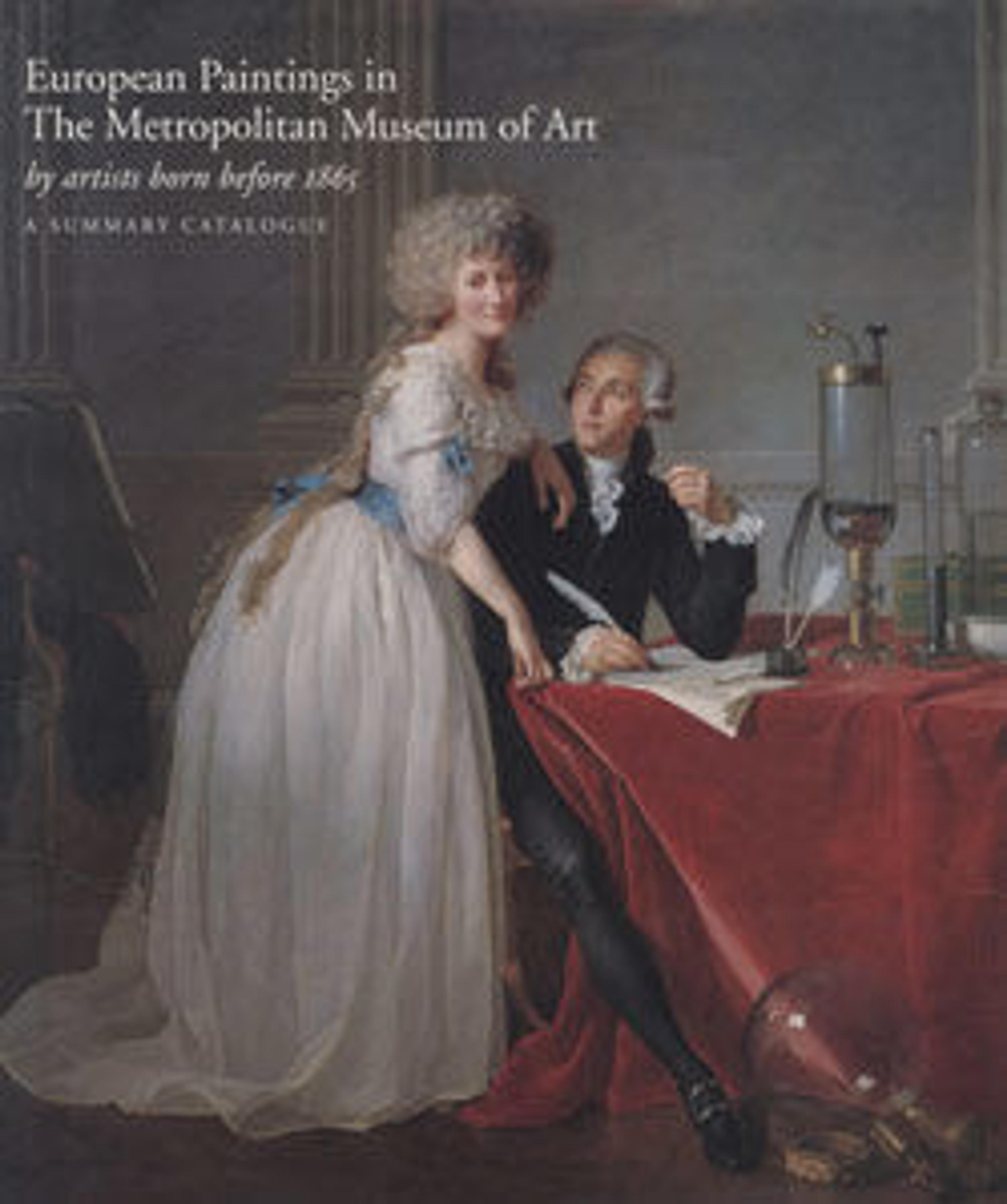The Last Judgment; The Virgin and Child with a Bishop-Saint and Saint Peter Martyr; The Crucifixion; The Glorification of Saint Thomas Aquinas; The Nativity
One of the principal Florentine manuscript illuminators during the second quarter of the fourteenth century, the anonymous artist known as the Master of the Dominican Effigies, like many of his contemporaries, was also active as a painter. He was named after a panel depicting Christ and the Virgin with Seventeen Dominican Saints, in the Chuch of Santa Maria Novella, Florence. The Lehman panel exemplifies the artist's emphasis upon lively narrative and decorative detail, executed in reduced form, highlighting his tendencies as a miniaturist. This panel likely formed the center of a small folding tabernacle (whose flanking wings have been lost), intended for private devotion. The scene at the lower left depicting the Dominican theologian Saint Thomas Aquinas was unprecedented in Florentine painting and suggests the tabernacle was commissioned for a Dominican institution or patron.
Artwork Details
- Title:The Last Judgment; The Virgin and Child with a Bishop-Saint and Saint Peter Martyr; The Crucifixion; The Glorification of Saint Thomas Aquinas; The Nativity
- Artist:Master of the Dominican Effigies (Italian, active Florence, ca. 1325–ca. 1355)
- Date:ca. 1325
- Medium:Tempera on wood, gold ground
- Dimensions:Overall 26 3/8 x 18 5/8 in. (67 x 47.3 cm); painted surface 23 1/4 x 16 5/8 in. (59.1 x 42.2 cm)
- Classification:Paintings
- Credit Line:Robert Lehman Collection, 1975
- Object Number:1975.1.99
- Curatorial Department: The Robert Lehman Collection
More Artwork
Research Resources
The Met provides unparalleled resources for research and welcomes an international community of students and scholars. The Met's Open Access API is where creators and researchers can connect to the The Met collection. Open Access data and public domain images are available for unrestricted commercial and noncommercial use without permission or fee.
To request images under copyright and other restrictions, please use this Image Request form.
Feedback
We continue to research and examine historical and cultural context for objects in The Met collection. If you have comments or questions about this object record, please contact us using the form below. The Museum looks forward to receiving your comments.
